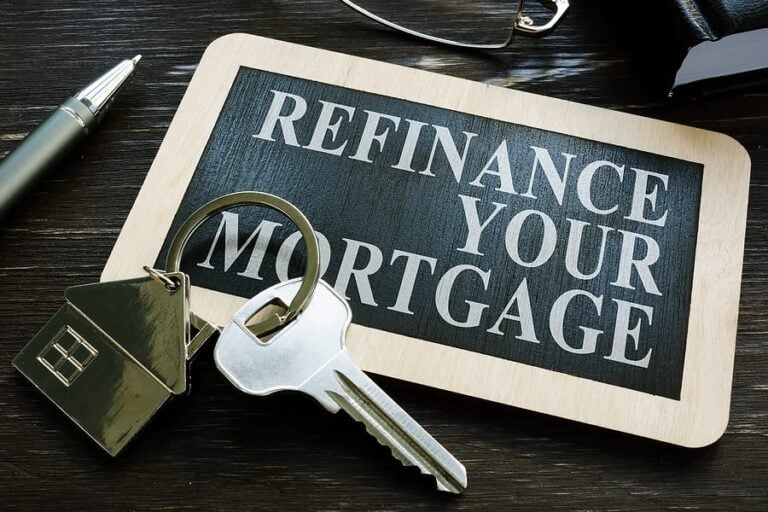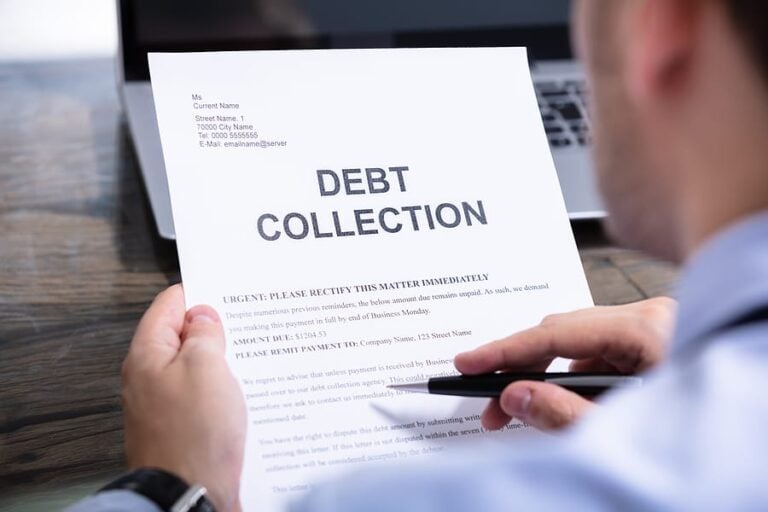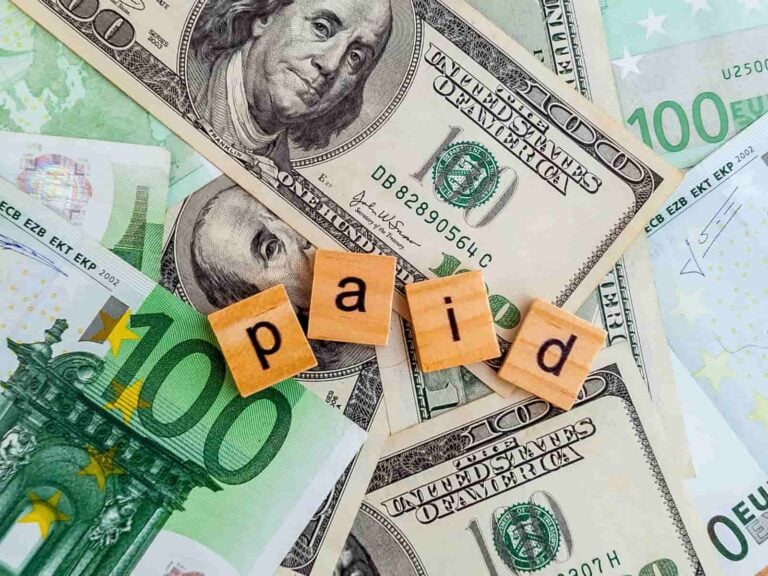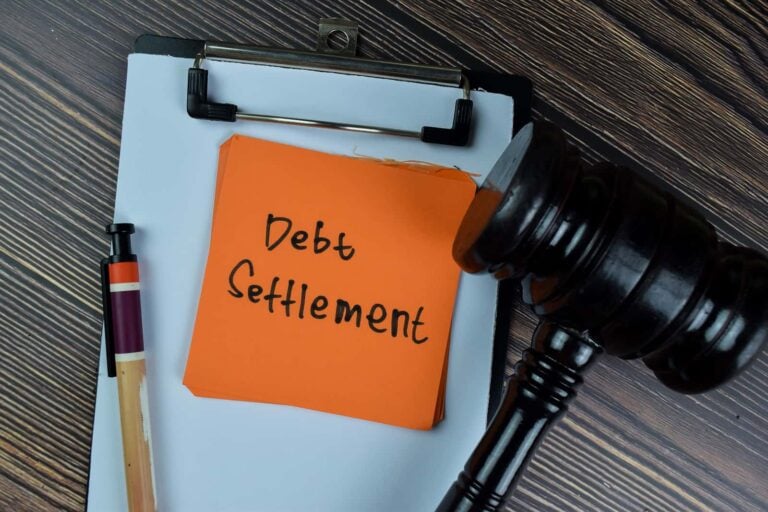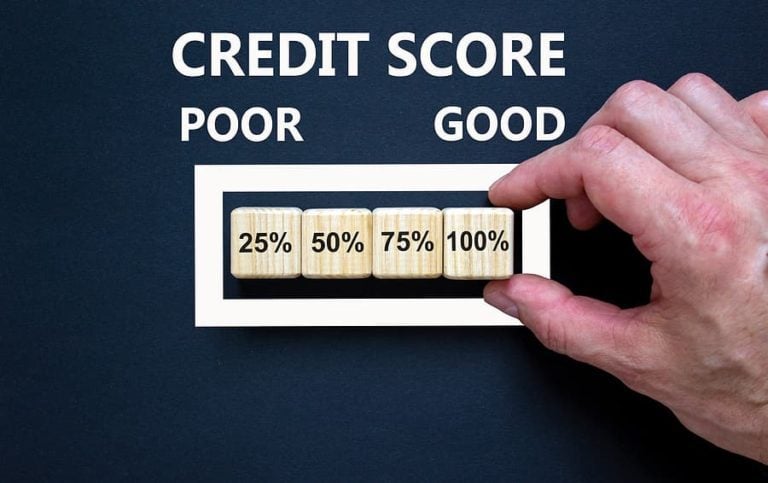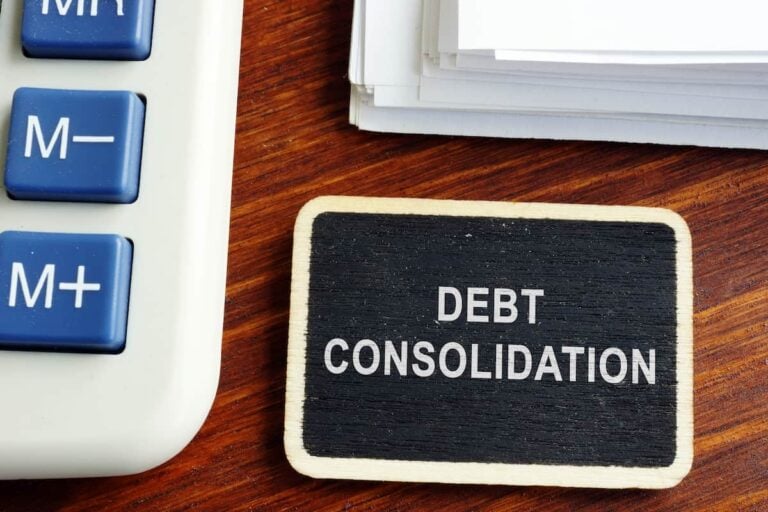It’s fair to say that nobody in their right mind aspires to fall deeply in debt. Building an onerous pile of debt is never the goal, but it often happens gradually and steadily, through some combination of recklessness, overconfidence and misfortune – often starting slowly but adding momentum over an extended period of time.
Accumulating unwanted debt can be like a silent killer, a disease that hides without any real symptoms but eventually surfaces as a serious financial illness. However, there is hope. For those who are wanting to get out of debt, United Settlement has created a debt relief guide with valuable resources to help! Learn more and contact us today.
Debt Relief Resource Guide
Before getting down to the business of solving a debt problem, it is important to take a full financial inventory to determine monthly cash inflows and outflows, as well as all assets and debts.
The way to get clear is to assemble all bank statements, credit card statements and loan statements, along with an itemization of total monthly income and average monthly expenses. Be sure to write down each debt total, along with its interest rate and minimum monthly payment.
Also list your assets – home equity, money in the bank, investment accounts, and so forth. You should also access copies of your credit reports through annualcreditreport.com. From there, it can make sense to speak with an experienced and reputable credit counselor who can present to you debt relief options that best suit your specific financial situation.
In an initial 30-45 minute interview, the counselor will ask questions related to your income, expenses and debts. This is why getting organized ahead of time will pay dividends.
Be prepared to clearly discuss all of your unsecured debts – meaning you should know exactly how much you owe on all of your individual credit cards, their respective interest rates and minimum payments, as well as any outstanding medical debt and other financial obligations.
Debt Relief Resources
Among the more common solutions that a credit counselor can suggest for getting out of debt is the Debt Management Plan (DMP), which involves streamlining multiple credit card payments into one simple monthly payment to the debt relief company.
A debt management plan is a structured debt relief program managed by a debt relief company that can negotiate lower interest rates and lower monthly payments with creditors. Instead of needing to keep track of and make multiple monthly payments to a variety of creditors, a DMP allows you to make one streamlined payment to the debt help company, who then submits appropriate disbursements to creditors according to the terms of the DMP.
A credit counselor also may suggest debt consolidation, which combines multiple debts into a single debt consolidation loan (DCL) that typically results in a lower blended monthly interest rate and monthly payment.
Apart from the convenience of streamlining the repayment process into one single monthly payment, the interest expense savings that can result from paying off credit card debt with funds raised through a debt consolidation loan makes good financial sense.
However, taking out a DCL obviously means taking out more debt – so only pursue this option if you will truly use all of the funds generated from a DCL to pay off your credit card debt. Apart from the convenience of streamlining the repayment process into a single monthly payment, the interest expense saving that results from a DCL makes good financial sense.
Interest rates on debt consolidation loans frequently are lower than those attached to credit cards, so for those individuals carrying multiple cards with multiple payment dates, a DCL can really help in getting out of debt.
Another option that a credit counselor can suggest is debt settlement. Debt settlement takes place when a debtor successfully negotiates a payoff amount for less than the total balance owed.
The lower amount is agreed to by the creditor or collection agency and is fully documented in writing. Debt settlement focuses primarily on unsecured debt, such as credit card debt – and if you’ve already fallen delinquent on some credit card accounts, it can actually work in your favor.
This is because creditors are more likely to settle when a debtor has already demonstrated an ability to pay and the underlying accounts are getting closer toward charge-off status, when a creditor becomes unlikely to ever recover anything significant from the account again.
Do-it-yourself Debt Relief
If you want to attempt to solve your debt problem on your own, there are steps you can take. Rule number one is to have a written monthly budget. A good budget sets boundaries that keep you from spending more each month than your monthly after-tax income. Take the time to itemize all monthly expenses against all sources of monthly cash flow.
Expenses include necessities like housing, food, transportation, auto insurance, utility bills, cell phone, clothing and gasoline, as well as “wants” – things that were more common prior to the COVID-19 pandemic – travel, dining out, concerts, movies, coffee shop visits, etc. Nonetheless, your comprehensive list of expenses needs an accurate monthly figure next to each individual expense.
Take the necessary time to itemize properly and add everything up. Here is where the 50/30/20 rule comes into play. Simply put, this rule specifies that 50% of disposable income be allocated to necessary expenses, 30% to “wants,” and 20% to debt repayment and savings.
Drawing a clear line between necessities and wants is important here, as is automating the debt repayment and savings of 20%. If necessities extend beyond 50% of after-tax income, the shortfall hit goes to “wants” – not to debt repayment and savings.
Next, look to pay off your credit card debt systematically by using The Avalanche Method, which involves organizing your credit cards by interest rate, ranking them from highest to lowest.
Regardless of the respective card balances, the credit card with the highest interest rate is assigned the highest priority in the repayment process.
Determine the greatest amount that you can pay on your highest interest rate card, and make the payment, while continuing to make only the minimum monthly payments on your other cards. Do the same the following month, and in each successive month, until the highest priority card is fully paid off.
Repeat the process with the second-highest interest rate card, and so forth. By prioritizing your credit cards by interest rate, the avalanche method results in paying less interest expense over time while speeding up the process of getting out of debt.
You also may want to investigate the possibility of debt consolidation with funds generated through a home equity loan. Home equity loans are available to homeowners who owe less on their mortgage than the market value of their house.
The equity accumulated within the value of the house serves as collateral on the home equity loan, which is a secured debt, and as such, often results in lower interest rates and more favorable terms than forms of unsecured debt such as credit cards and personal installment loans.
Bankruptcy
Bankruptcy should be looked upon only as a last resort to solving a debt problem, as it causes significant damage to a credit score and profile. Bankruptcy is a legal procedure that allows individuals to discharge debts when they have become insurmountably high, thereby providing those deep in debt with the opportunity of a fresh financial start.
The emotional relief that results from removing the stress of monstrous debt is often worth consequences. However, bankruptcy will remain on a credit report for at least seven years from the filing date, impeding ability to obtain new lines of credit while also potentially harming your reputation to potential employers and landlords who may view your credit report.
However, with careful planning and subsequent responsible debt repayment behavior, it is possible to work toward rebuilding a healthy credit score and profile. Nonetheless, before filing for bankruptcy and incurring the long-term stain of a bankruptcy discharge on your credit report, be certain to fully investigate the alternatives.
About the Author: Steven Brachman
Steven Brachman is the lead content provider for UnitedSettlement.com. A graduate of the University of Michigan with a B.A. in Economics, Steven spent several years as a registered representative in the securities industry before moving on to equity research and trading. He is also an experienced test-prep professional and admissions consultant to aspiring graduate business school students. In his spare time, Steven enjoys writing, reading, travel, music and fantasy sports.

Gabriel Gorelik paves the way for customer service and operations at United Settlement. He is passionate about numbers and holds a strong belief in helping anyone with their debt. Before United Settlement, Gabriel received his BS in Finance & Economics from Brooklyn College. After graduation, Gabriel went on to build his first financial services company where he managed thousands of accounts for business and consumer clients. He understands the importance of client satisfaction, professionalism, and exceeding expectations.


